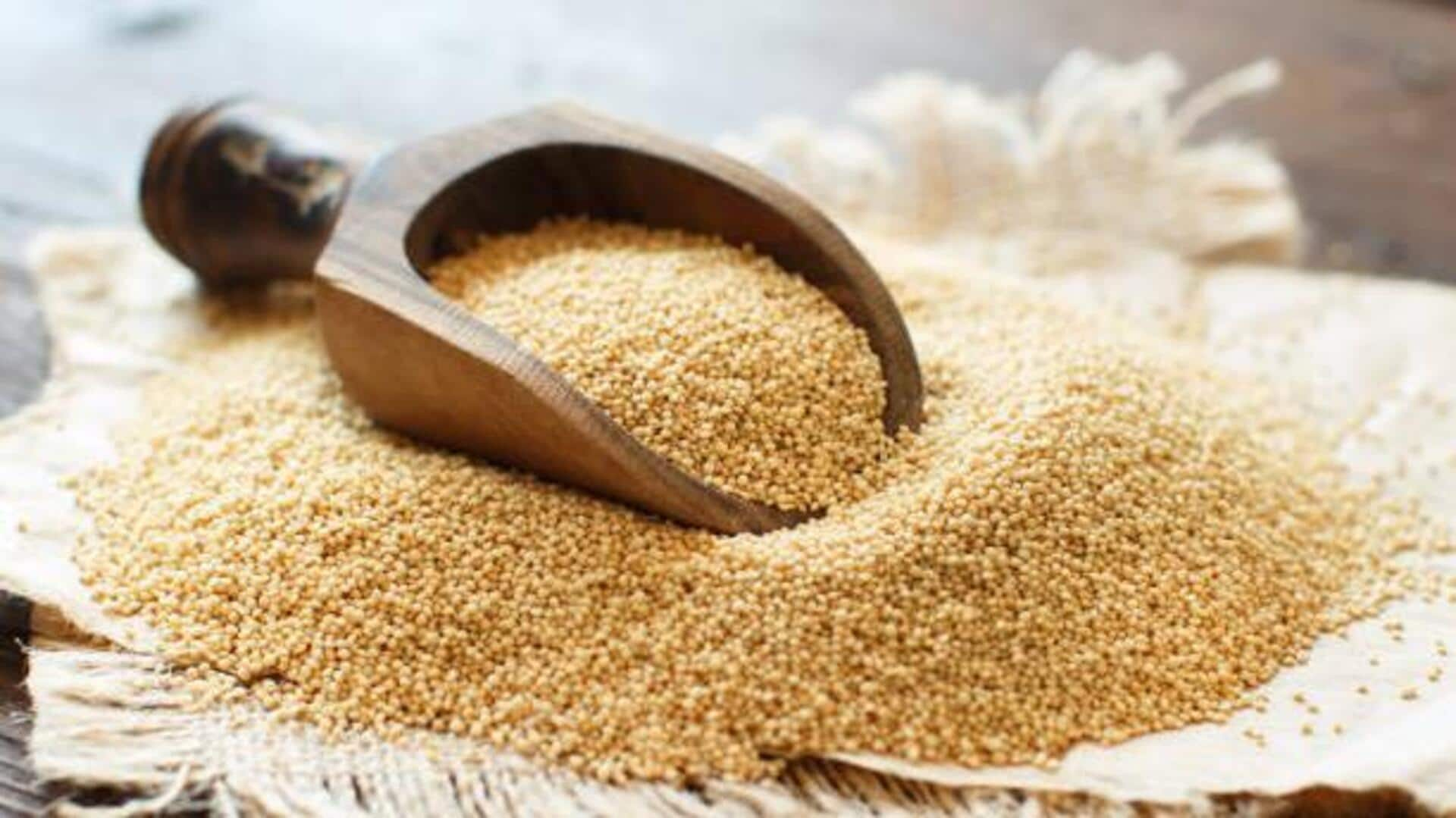
Amaranth: The superfood you've been missing out on
What's the story
Amaranth, an obscure African native grain, is making waves for its superior nutrition. This ancient grain is highly proteinaceous, making it the perfect addition to vegetarian and vegan diets. Apart from its protein content, amaranth is loaded with essential nutrients that benefit health. As more and more people are looking for plant-based alternatives, learning about the benefits of amaranth can help diversify diets and encourage sustainable eating habits.
Nutritional value
Nutritional powerhouse of amaranth
Notably, amaranth is high on protein, offering roughly 13% to 14% protein (by weight). It also offers all nine essential amino acids, making it a complete protein source. Amaranth is also rich in fiber, iron, magnesium, and calcium. They assist in muscle repair, bone health, etc. Its gluten-free nature also makes it ideal for those with gluten sensitivities/celiac disease.
Culinary applications
Versatile culinary uses
You can include amaranth in your meals in many ways as it is so versatile. You can cook it like rice or quinoa and use it as a base for salads or side dishes. Ground into flour, you can use amaranth for baking bread or pancakes. Its nutty flavor goes well with sweet and savory dishes. Popped amaranth seeds make a nice crunchy topping on yogurt or oatmeal.
Health advantages
Health benefits beyond protein
Eating amaranth may offer a number of health benefits other than protein. The high fiber content helps with digestion and keeps cholesterol levels in check by inhibiting LDL cholesterol absorption in the body. Antioxidants present in amaranth contribute to immune function by fighting oxidative stress at the cellular level.
Environmental impact
Sustainable farming practices
Further, amaranth cultivation needs less water than other grains such as wheat or rice, thus being eco-friendly, especially in drought-prone areas where water scarcity is common. Its capacity to grow in various climate conditions without much dependence on chemical fertilizers also helps contribute towards sustainable agriculture practices.